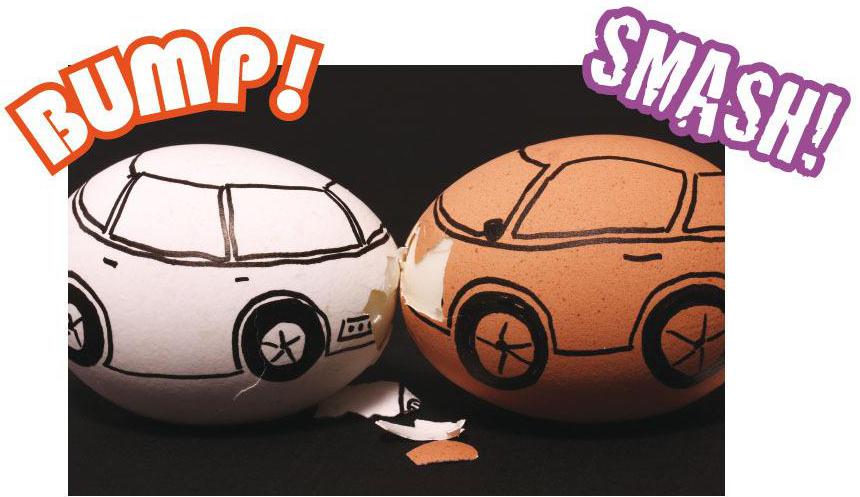
According to Bartlett (1932), we try to fit past events into existing schemas (or schemata) — our mental models or representations of the world — to make them more logical, coherent and generally ‘sensible’. This involves drawing inferences or deductions about what might or should have happened. Unlike computers, in which output matches input, Bartlett saw human memory as an active attempt to understand — an ‘imaginative reconstruction’ of experience. According to schema theory, a memory representation of any new experience is actively constructed by processes that are strongly influenced by schemas.
In a large number of studies (e.g. Loftus and Palmer 1974), Elizabeth Loftus has applied schema theory to real-life situations, in particular eyewitness testimony (EWT). One basic procedure is to manipulate the questions that participants are asked about a filmed car accident, or a staged crime, in order to see how these affect what they remember of the incident.
Your organisation does not have access to this article.
Sign up today to give your students the edge they need to achieve their best grades with subject expertise
Subscribe




